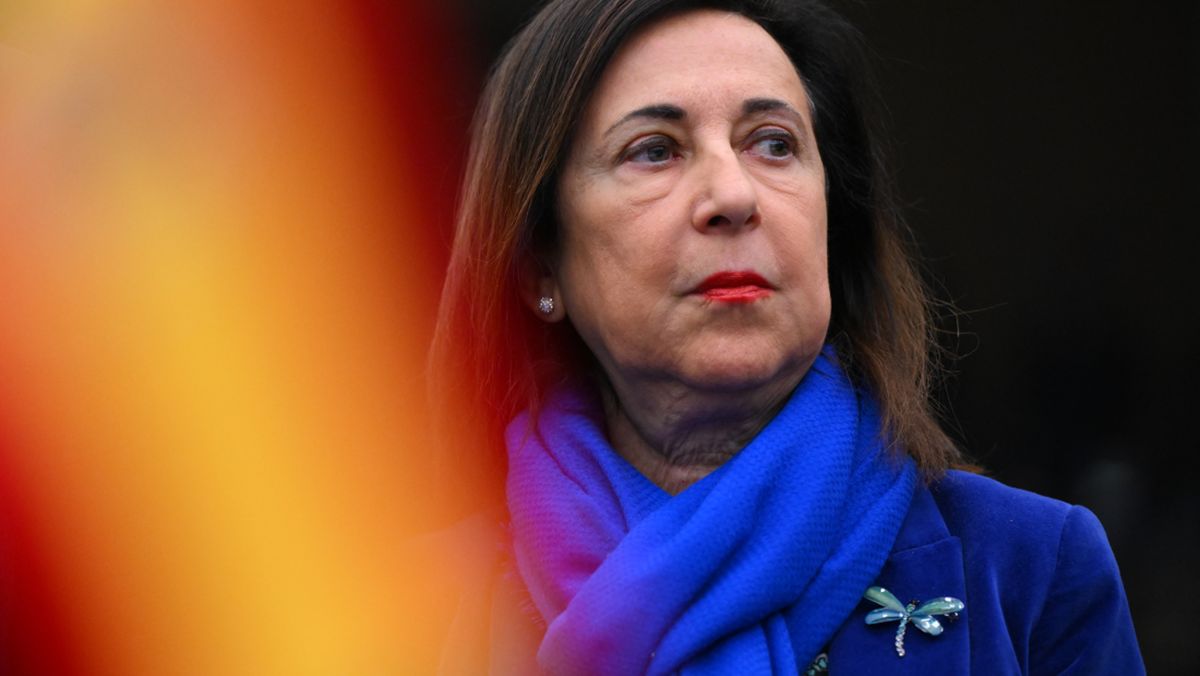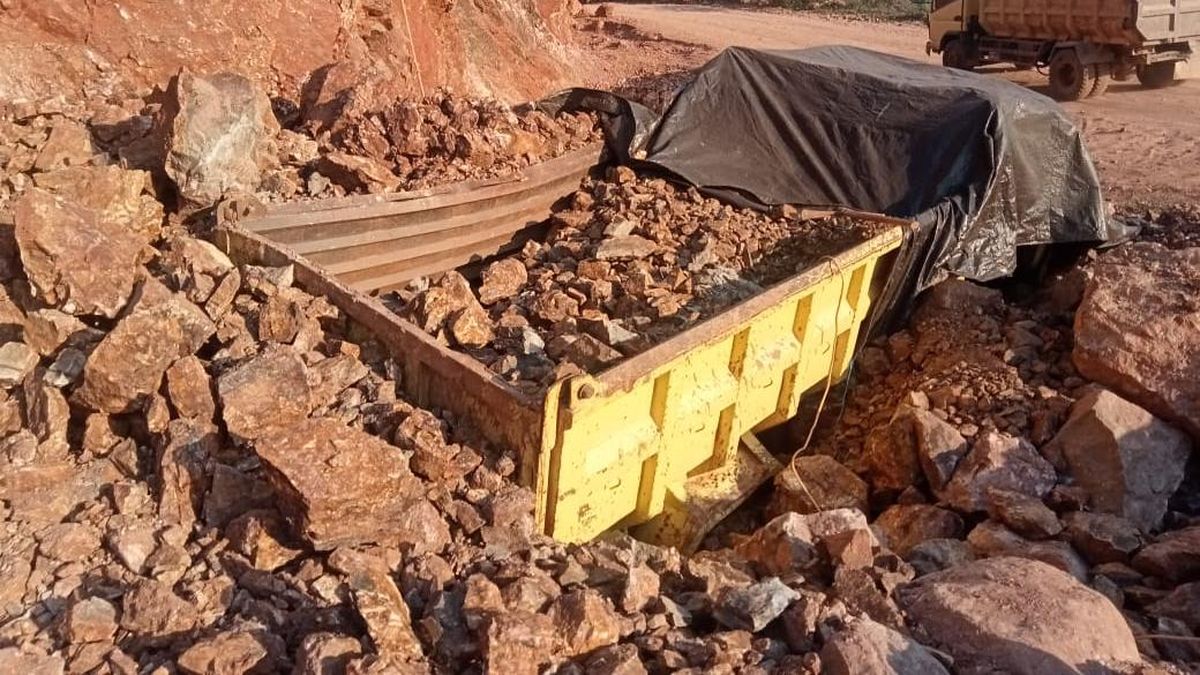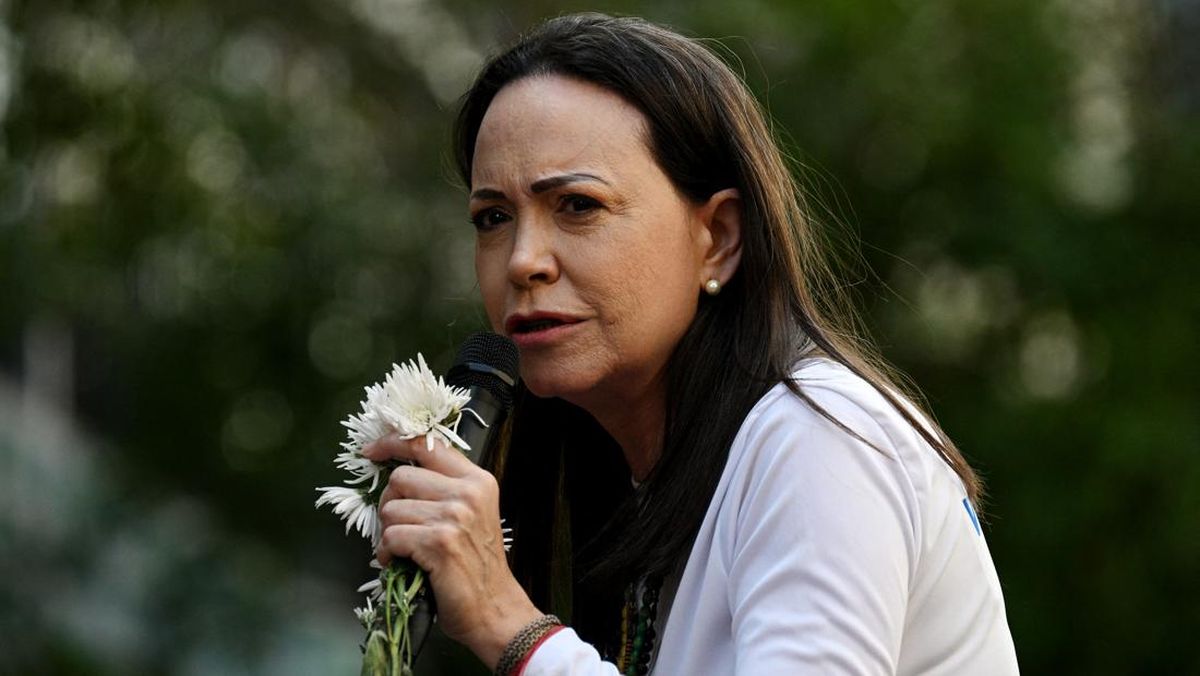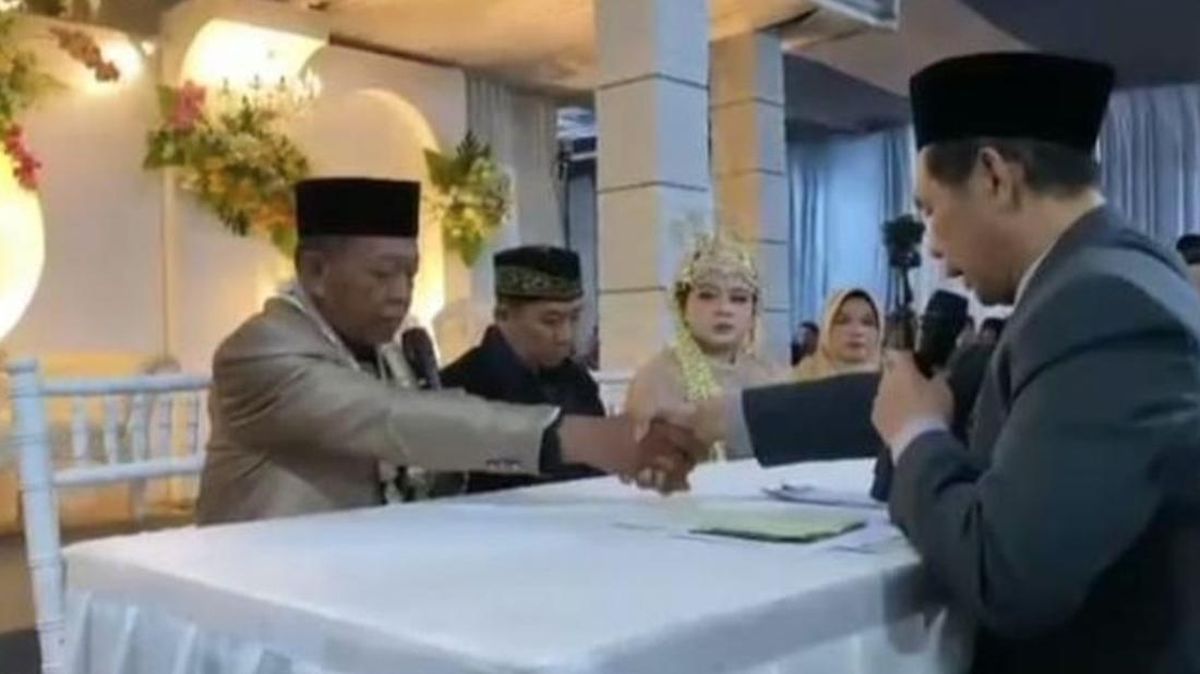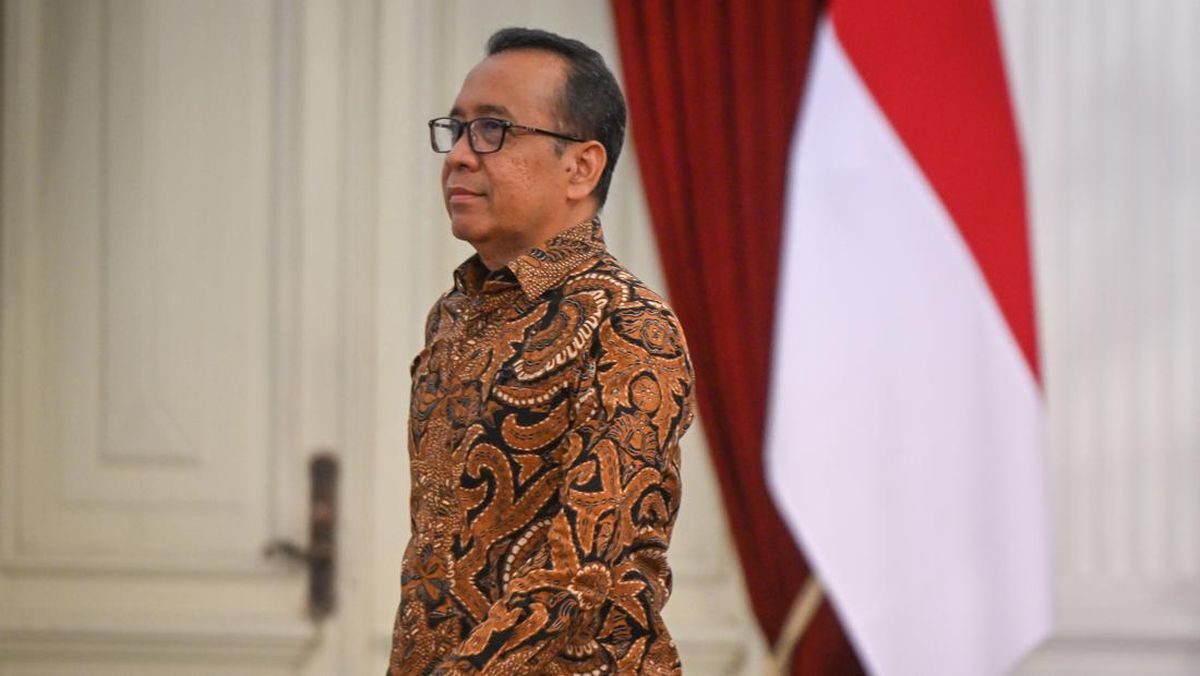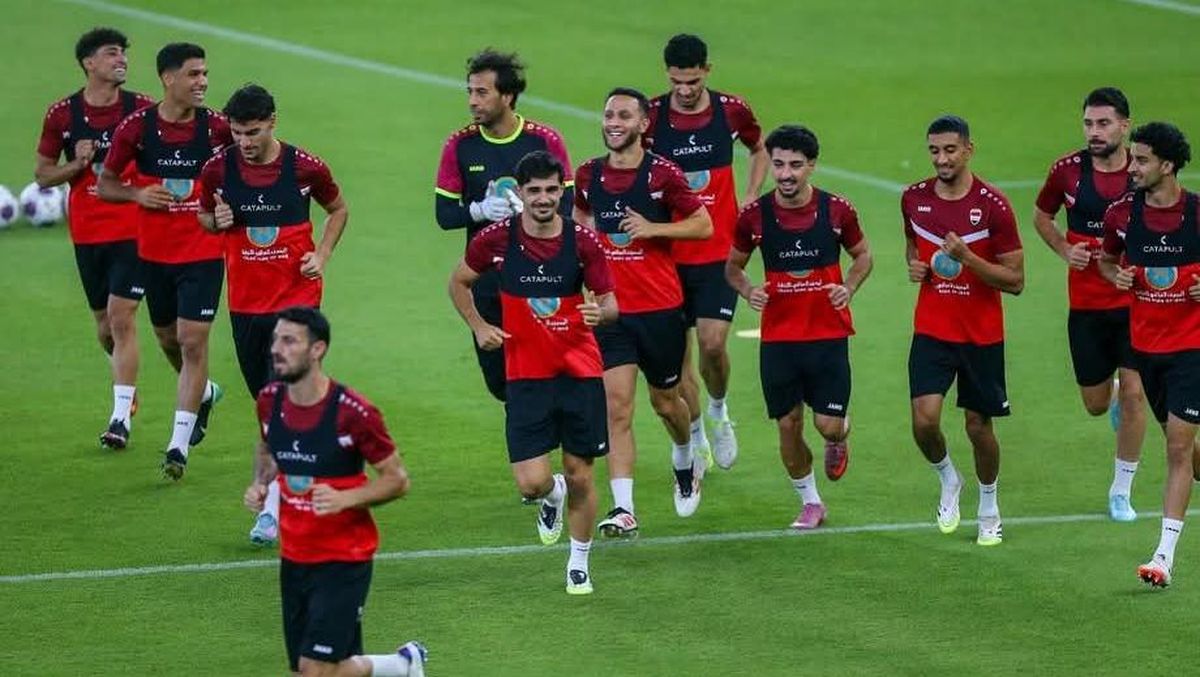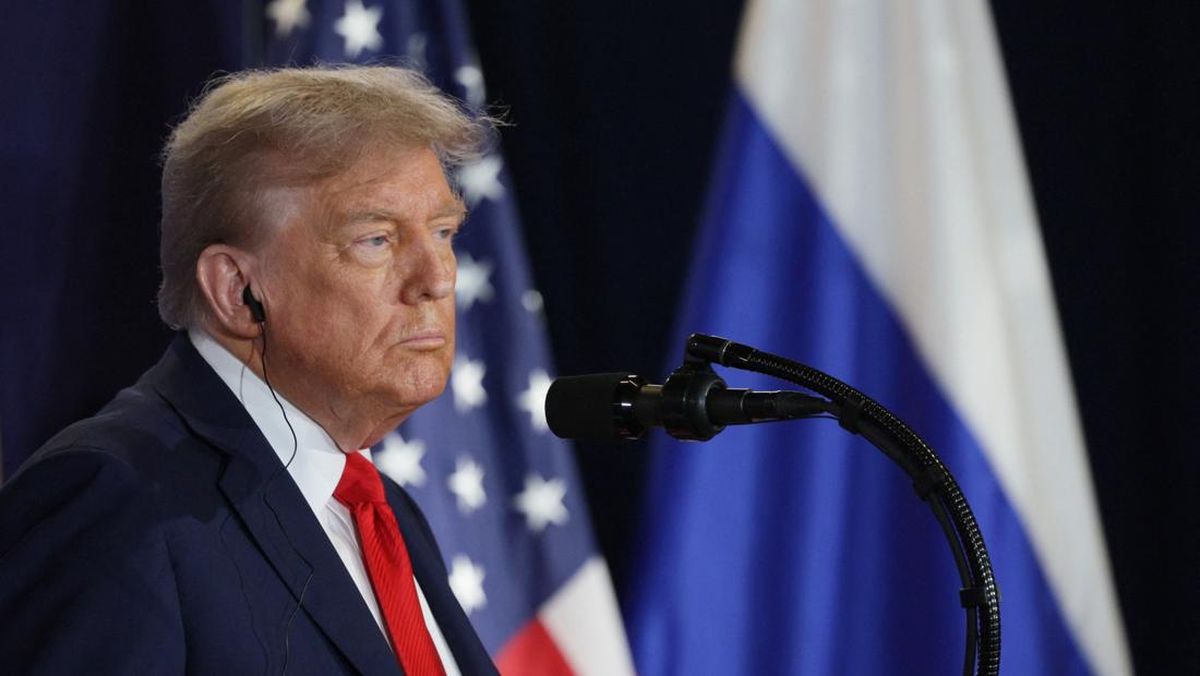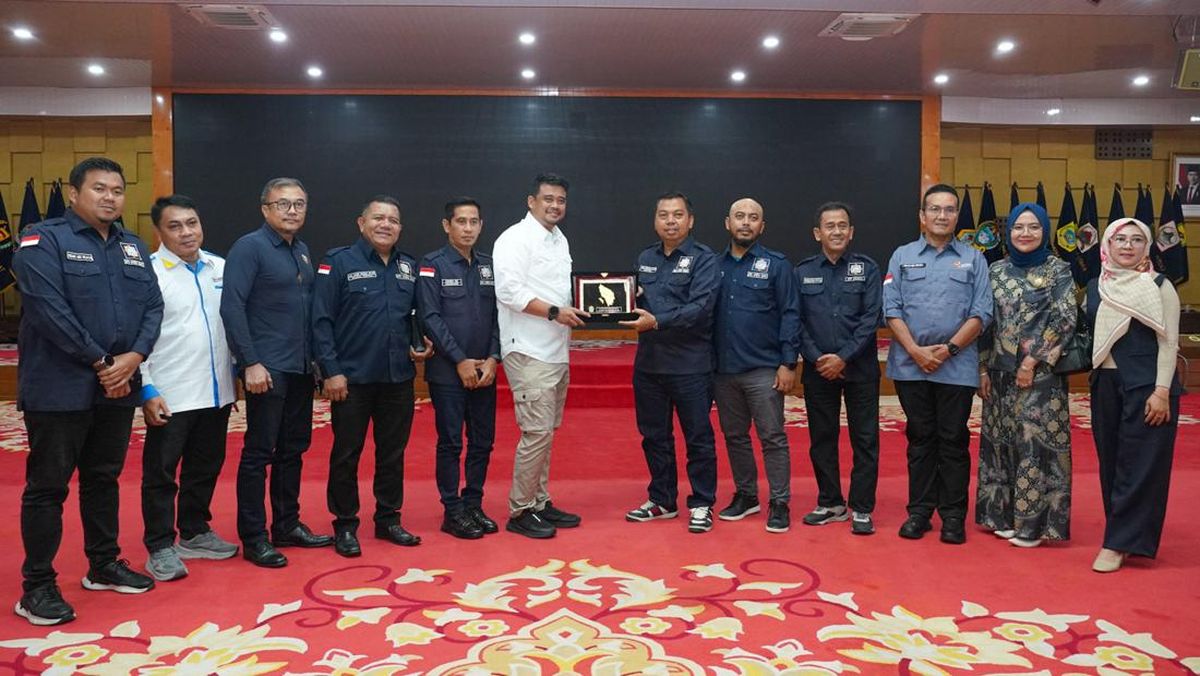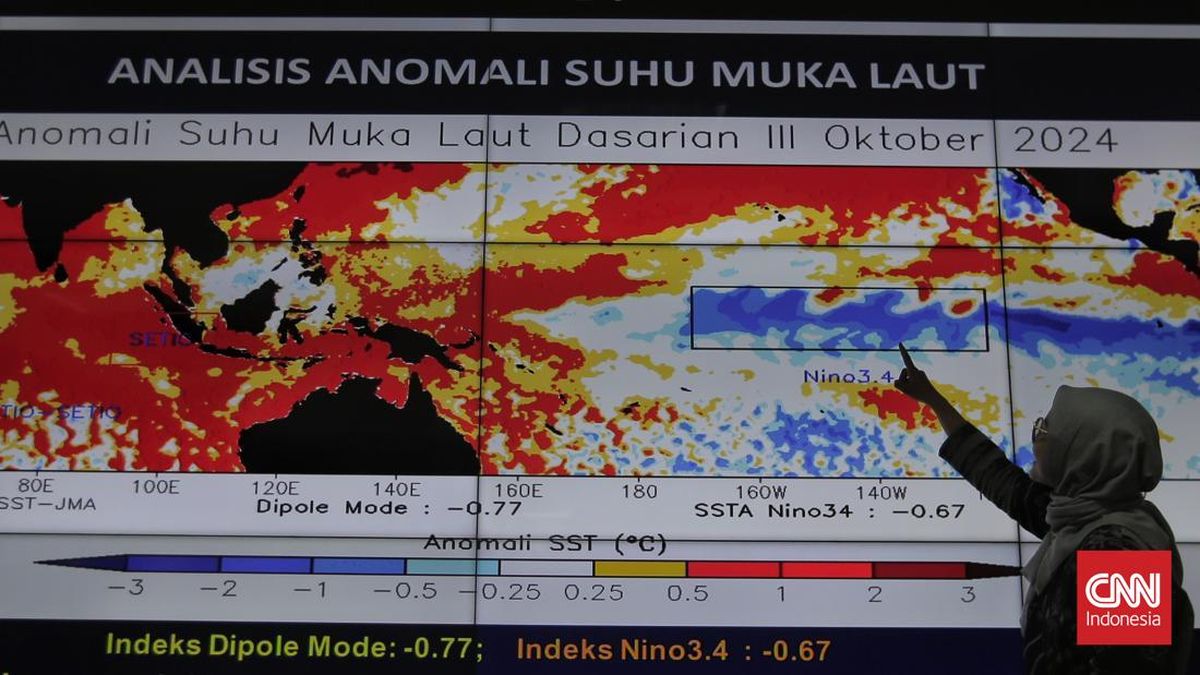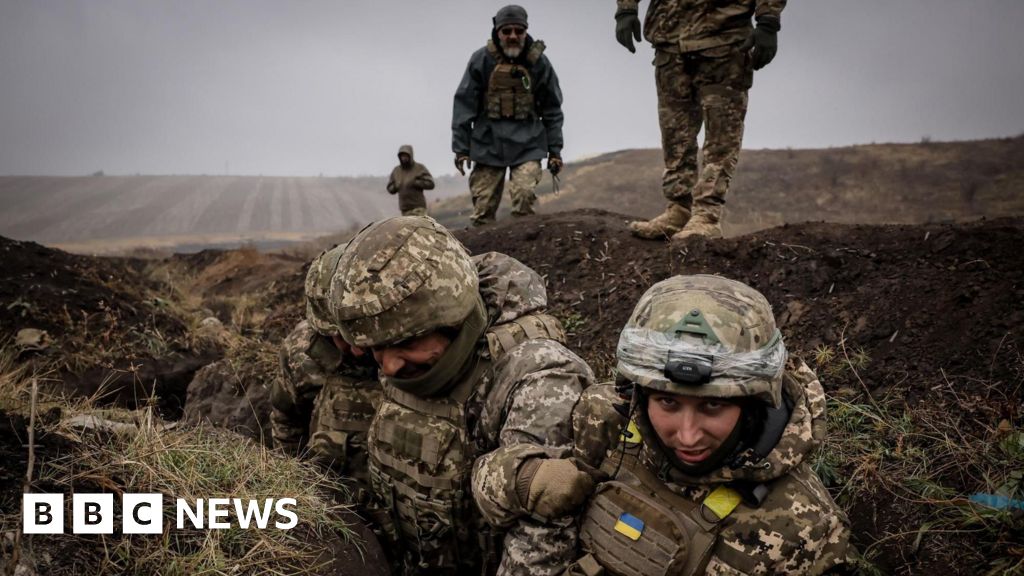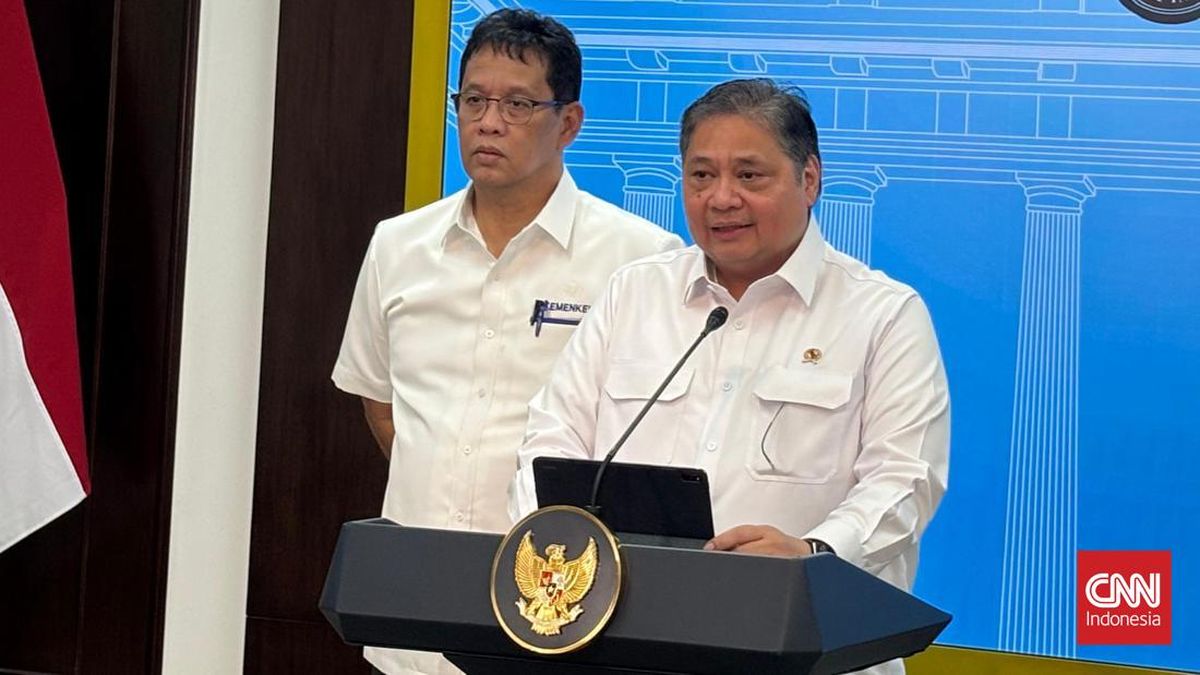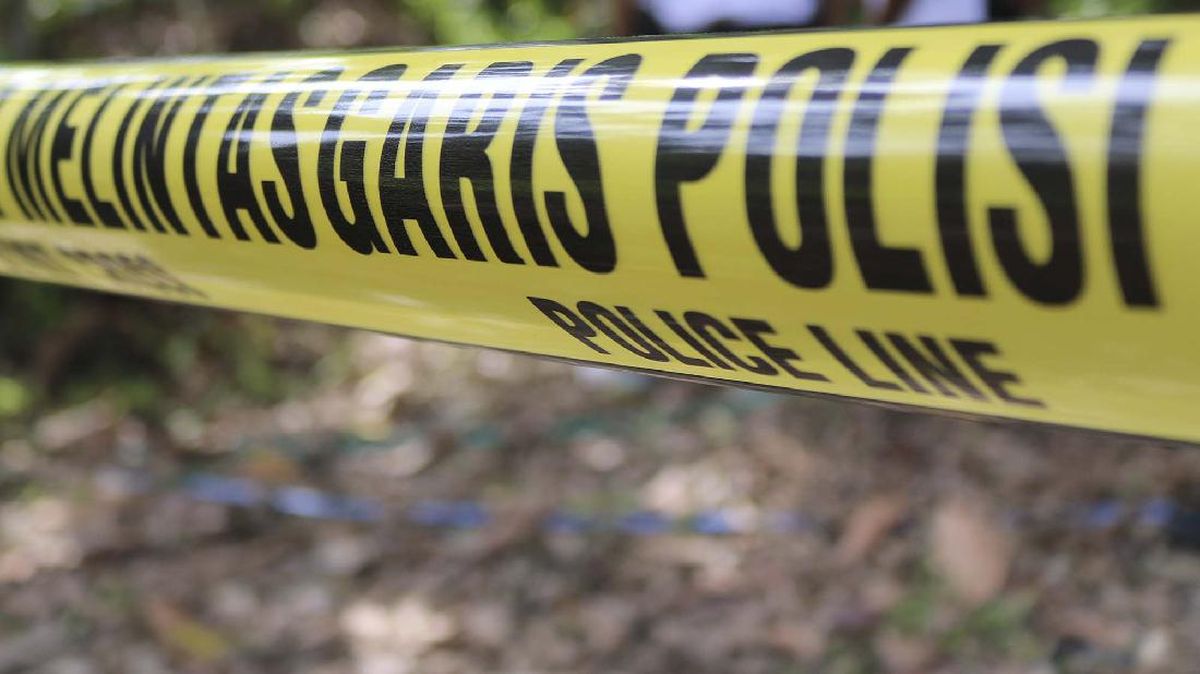Just before an Israel-Hamas ceasefire went into effect Friday, which is the first step in implementing phase one of President Trump's peace plan to end the war in Gaza, senior U.S. officials shared a timeline of the months-long effort to put the deal together.
At this point, Israeli troops have withdrawn from parts of Gaza, initiating a 72-hour countdown for Hamas to release all remaining Israeli hostages. In exchange, Israel will release dozens of Palestinian prisoners and allow aid to flow into Gaza. Palestinians who left northern Gaza during fighting there could be seen returning to the war-ravaged area Friday.
The vast majority of Mr. Trump's 20-point plan remains to be implemented, but as the work of fulfilling it begins, here's what senior U.S. officials have told CBS News about key moments in the negotiations.
August 2025: Hamas accepts new ceasefire proposal
Hamas accepted a new Gaza ceasefire proposal presented by Egypt and Qatar. One U.S. official said this proposal drew upon principles from earlier negotiations and previous hostage releases. It also took into consideration elements of what Israel, Hamas and Mr. Trump wanted to be included. It was this proposal that would evolve into the 20-point plan.
Around Monday, Sept. 22 through Wednesday, Sept. 24: Witkoff, Kushner bring 20-point plan to Qataris to "tighten it up"
In New York during the United Nations General Assembly, special Middle East envoy Steve Witkoff and outside Trump adviser and son-in-law Jared Kushner brought the 20-point plan to the Qataris, in particular, to Prime Minister Sheikh Mohammed bin Abdulrahman Al Thani, with whom they worked to "wordsmith the document, to tailor it, to tighten it up," a senior U.S. official said. Afterward, they brought the document to other Arab leaders to get feedback.
The senior official said negotiators met with Turkey and Egypt, in addition to Qatar. On Tuesday, Sept. 23, during his day at the United Nations General Assembly, President Trump presented the 20-point plan to a roundtable of Arab leaders, which elicited "a lot of feedback."
Wednesday, Sept. 24 through Sunday, Sept. 28: Witkoff, Kushner draft plan that includes Netanyahu apology to Qatar for airstrike in Doha
Witkoff and Kushner stayed in New York City after the U.N. General Assembly, working through the weekend to put together a plan to present to Mr. Trump in the Oval Office on Monday, Sept. 29.
Their plan included an apology from Israeli Prime Minister Benjamin Netanyahu to Mohammed, the Qatari prime minister, for an Israeli strike that killed Hamas officials in Doha in September. "It all went well," a senior U.S. official said.
Monday, Sept. 29: Netanyahu's apology to Qatar
Mr. Trump announced the 20-point proposal during a meeting with Netanyahu at the White House. That day, the president, Netanyahu and the Qatari prime minister spoke on a phone call, and Netanyahu apologized for Israel's strikes on Doha, expressing "his deep regret that Israel's missile strike against Hamas targets in Qatar unintentionally killed a Qatari serviceman," according to a White House readout of the call.
The Israeli strike had caused "a lot of angst within the Arab world" and there was "deep mistrust between the parties," a senior U.S. official said, adding that Netanyahu's apology to Qatar was well received, "as something really, really strong and the sort of thing that mature people do."
"That got us some leverage," the official added.
Around this time, an official said the U.S. began to detect Hamas "had had enough."
"Every family in Gaza has been affected by this," the official said. "You read some of the public opinion of polls — the Gazans do not just blame Israel for this conflict. They, in large part, were blaming Hamas for it. We began to sense that turn in leverage."
Within days, there would be a meeting in Sharm El Sheikh, Egypt, with the Turkish and Egyptian intelligence chiefs and the Qatari prime minister.
Friday, Oct. 3: in Miami, Kushner, Witkoff work on hostage releases
In Florida, when Kushner heard Hamas had agreed to start talks on hostage releases, he drove 20 minutes to Witkoff's home in Miami, where they worked and fielded calls about the peace proposal, two administration officials said.
Sunday, Oct. 5 - Monday, Oct. 6: Meetings in Sharm El Sheikh bring Hamas and Israel to the table
Officials from Turkey, Qatar and Egypt sat down with Hamas and Israel at the table in Sharm El Sheikh on Oct. 5. Witkoff and Kushner set off for Sharm El Sheikh once they felt the tactical teams "had done quite a bit."
Wednesday morning, Sharm El Sheikh, Oct. 8: Refining the peace plan
Kushner and Witkoff arrived in Sharm El Sheikh at 6:30 a.m. local time and "immediately went to work," according to one senior U.S. official. They spent "a lot of time" going over proposals and issues that had arisen over the previous days, such as the redeployment of the Israel Defense Forces and when the hostage releases would take place.
During these talks, they also separated the peace deal into two phases. Phase one would be a hostage release, including the release of Palestinian prisoners in Israel.
Then, phase two would begin. This was what one senior U.S. official called an "almost permanent ceasefire" that would be in place until other issues were negotiated: the decommissioning of arms, how a technocratic government would enter and run Gaza, how the Israeli army would redeploy and what the gating mechanisms for these steps would be.
Before they left, Mr. Trump relayed multiple messages to Kushner and Witkoff.
"His message was, 'First, get it done,'" a U.S. official said. He also reiterated that he stood behind every aspect of his 20-point plan.
"POTUS wanted people on both sides to understand that he was going to enforce good conduct here, and that was a critical and overarching message that we were there to talk about," this official said.
"We were going for, you know, 20 straight hours," one official said of the talks in Egypt.
Sharm El Sheikh, Oct. 8, Wednesday evening: "Serious breakthroughs"
"We began to have some very, very serious breakthroughs with regard to all of these issues," the U.S. official said, prompting another meeting Wednesday night with Kushner, Witkoff and Middle East officials.
After settling what both sides saw as consequential issues that were discussed by both sides, and clearing up some "misconceptions and miscommunications," Kushner and Witkoff made a call to the president and received some directions from him. Mr. Trump called into the talks at least three times on either Witkoff's or Kushner's iPhone, and spoke on speaker with multiple stakeholders.
One of the key breakthroughs that evening was reaching consensus on the release of the 20 living Israeli hostages and the swap for the Palestinian prisoners.
"People became more malleable. You could see it as we were trust-building. Food was coming in. We were exchanging ideas," one U.S. official said. "I can't stress enough how important this physical interaction was. We had multiple Arab leaders there who, I think, became very, bought into the fact that we really wanted to see a deal. We were committed to it, and we were going to stand behind it."
At this time, Hamas began to realize "they didn't need the hostages necessarily to enforce a view of theirs, that it was better for them to concede that a release was a positive thing, that better things would happen as a result of that decision on their part," a U.S. official said.
"It was so comprehensive, the engagement, so interactive. We just got ourselves to that place, and then everybody could see the line, and they wanted to cross it. Everybody. It really became a unanimous thing," this official added.
5:30 p.m., Washington, Wednesday, Oct. 8 (2:30 a.m., Sharm El Sheikh, Thursday, Oct. 9): Announcing the deal
Witkoff and Kushner felt they had dealt with all the issues and were ready to announce the deal. President Trump announced it in the U.S. on Truth Social.
"This is a GREAT Day for the Arab and Muslim World, Israel, all surrounding Nations, and the United States of America," the president wrote on Truth Social. "BLESSED ARE THE PEACEMAKERS!"
Witkoff and Kushner then traveled to Cairo, and met with Egyptian President Abdel Fattah El-Sisi to tell him he was needed for the implementation phase. After the El-Sisi meeting, Witkoff and Kushner flew to Tel Aviv.
6:30p, Tel Aviv, Thursday, Oct. 9: Witkoff, Kushner met with applause in Cabinet room
Witkoff and Kushner arrive in Tel Aviv, though they never made it to their hotel. They immediately went to see President Isaac Herzog, to walk him through the plan, and then met with Netanyahu. They also spoke to the Israeli Cabinet, receiving a warm welcome.
In the Cabinet room, "everybody started clapping," a U.S. official said. "There were plenty of differences of opinion that we heard there. There were hardliners, there were people who wanted to see the 20 hostages come home above all else, but we talked, and we explored different pathways to get to good compromises."
Their reason for going to Israel was to ensure "implementation occurs." Another senior U.S. official acknowledged, "There's still just a lot of ways that this can go wrong."
"So, we're staying on top of the details to make sure everyone fulfills their obligations and that any misunderstandings are quickly discussed and adjudicated," the official said.
A U.S. official suggested Mr. Trump may have succeeded in reaching a deal where other leaders failed because "he's not trying to be a middle-of-the-roader."
"He's basically stood shoulder to shoulder with Israel 100%," the official said. This has meant Israel "has a lot of trust in him that he's not going to ask them to do anything that would compromise their security. And because they know that if they agree together on what the end state should be, President Trump and his team were able to have much more frank and creative conversations with Israel on how to get there."

